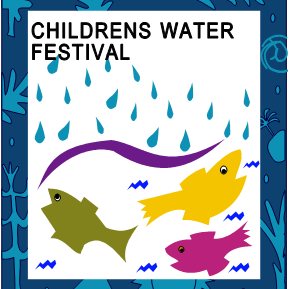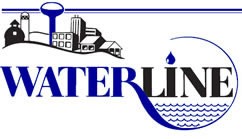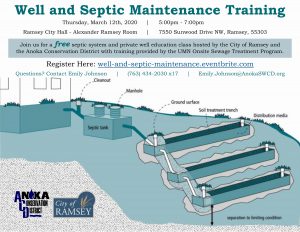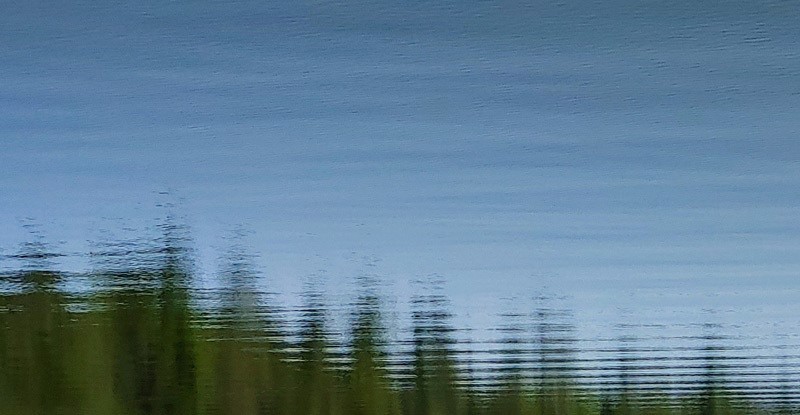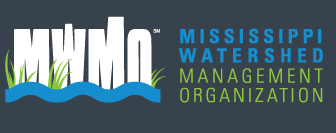Areas where the application of nitrogen fertilizer in the fall or on frozen soils will be restricted have been determined. These areas include much of Anoka County (see the image below).

This restriction is part of the new Minnesota Department of Agriculture (MDA) Groundwater Protection rule (Minnesota Rules Chapter 1573). The rule minimizes potential sources of nitrate pollution to our groundwater and thus protects drinking water. With two parts, the rule creates restrictions on the application of nitrogen fertilizer in the fall in areas that are vulnerable to contamination and outlines steps to address and reduce the severity of elevated nitrate levels when they already exist in public water supply wells.
The intention of the rule is “to promote appropriate nitrogen fertilizer best management practices (BMPs) and to involve local farmers and agronomists in adopting the most current science-based and economically viable practices that can reduce nitrate in groundwater”. Click here to learn more about Alternative Management Tools (AMTs). MDA says that “the goal is to involve local farmers and agronomists in problem-solving to address increased levels of nitrate in groundwater”.
Part 1
Notification of areas subject to the restrictions established in Part 1 is happening now and the restrictions will take effect this fall in September 2020. Part 1 of the rule establishes restrictions on application of nitrogen fertilizer if you farm in:
- An area with vulnerable groundwater (much of Anoka County)
- Protection areas around a public well, known as drinking water supply management areas (DWSMAs), with already high nitrate levels (none in Anoka County at this time)
- “High” nitrate is determined as 5.4 mg/L or greater nitrate-nitrogen
The “Vulnerable Groundwater Areas” are designated by quarter sections and are determined by one of the following criteria:
If 50% or more of a quarter section is considered vulnerable, the entire quarter section is included. Click here to see an interactive map of these areas across the state. In these Vulnerable Groundwater Areas, nitrate can move easily through soil and into groundwater, which can contaminate groundwater resources.
Part 2
Regulation of Part 2 of the rule, which responds to DWSMAs that already have elevated nitrate levels, could be three years after the rule takes place, at the earliest, and after a DWSMA is determined to meet certain criteria. The goal of this part of the rule is to take action to reduce nitrate levels in groundwater before a public well exceeds the health standard for nitrate of 10 mg/L.
More information
For more information on the rule, check out the Minnesota Department of Agriculture’s website on the topic at https://www.mda.state.mn.us/nfr.




 February 24th, 2020
February 24th, 2020  knowtheflow
knowtheflow 
